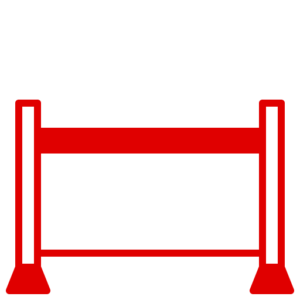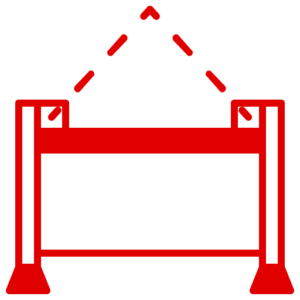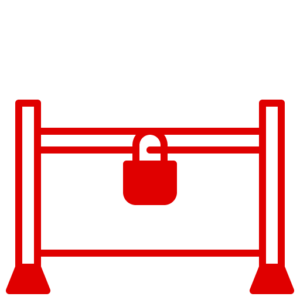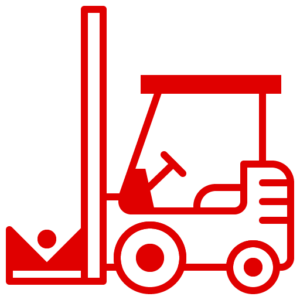News
Safety First: Stay Compliant and Secure with Regular Load Testing for Your Stillages
The standard that governs weight testing for stillages, cages and similar load-bearing equipment is typically defined by the relevant industry or regulatory body. While there may be variations based on specific industries, Lifting Operations and Lifting Equipment Regulations 1998 (LOLER) and Provision and Use of Work Equipment Regulations 1998 (PUWER) are in this instant the ones that we relate to. Both LOLER and PUWER are important legal frameworks in the UK that aim to protect the health and safety of workers and others who may be affected by lifting operations and the use of work equipment. It is essential for businesses to comply with these regulations to maintain a safe working environment and minimize the risk of accidents and injuries.
Also, ISO 8611-3:2012 specifies the requirements for static load testing of stillages and similar load-carrying devices. The standard outlines the procedures and criteria for conducting load tests to evaluate the structural integrity and load-carrying capacity of stillages.
The requirements for regular load testing may vary depending on factors such as industry regulations, equipment usage, and the type of stillage. However, some general considerations for regular load tests include:
- Load Testing Frequency: Load tests should be conducted at regular intervals. The specific frequency may vary based on factors such as usage intensity, environmental conditions, and the nature of the loads being carried. Typically, load testing is performed annually or as recommended by the manufacturer or relevant regulations. For example, our range of kitting trolleys is used in fast paced production units, which should be tested in variable intervals and load conditions.
- Load Testing Intensity: Load tests should simulate loads that are equal to or greater than the expected maximum working load. The purpose is to evaluate the stillage’s ability to safely carry and distribute the load without compromising its structural integrity. For example, the storage units like IBC racks and dollies needs to be accurately tested according to the capacity of the IBCs.
- Weight Distribution: Consider the distribution of weight within the stillage. Ensure that the load is evenly distributed across the structure to prevent excessive stress on specific areas. Improper weight distribution can lead to structural failures or instability. For example, the frame and base of the stillage should be analysed during load test to check if the weight is distributed evenly.
- Compliance with Standards: Familiarize yourself with relevant safety standards and regulations applicable to your industry. These may include guidelines from occupational health and safety organizations or specific standards related to material handling and storage equipment. Ensure that your load testing procedures align with these standards. Here, the standards should be maintained for the raw materials like steel as well.
- Load Testing Procedures: Load testing should follow established procedures, which may include gradually applying the load, holding it for a specified duration, and monitoring any deformations or signs of failure. The tests should be conducted by trained personnel using calibrated equipment.
- Documentation and Records: The results of load tests should be properly documented, including the date of testing, applied load, duration, and any observations or issues encountered. This














